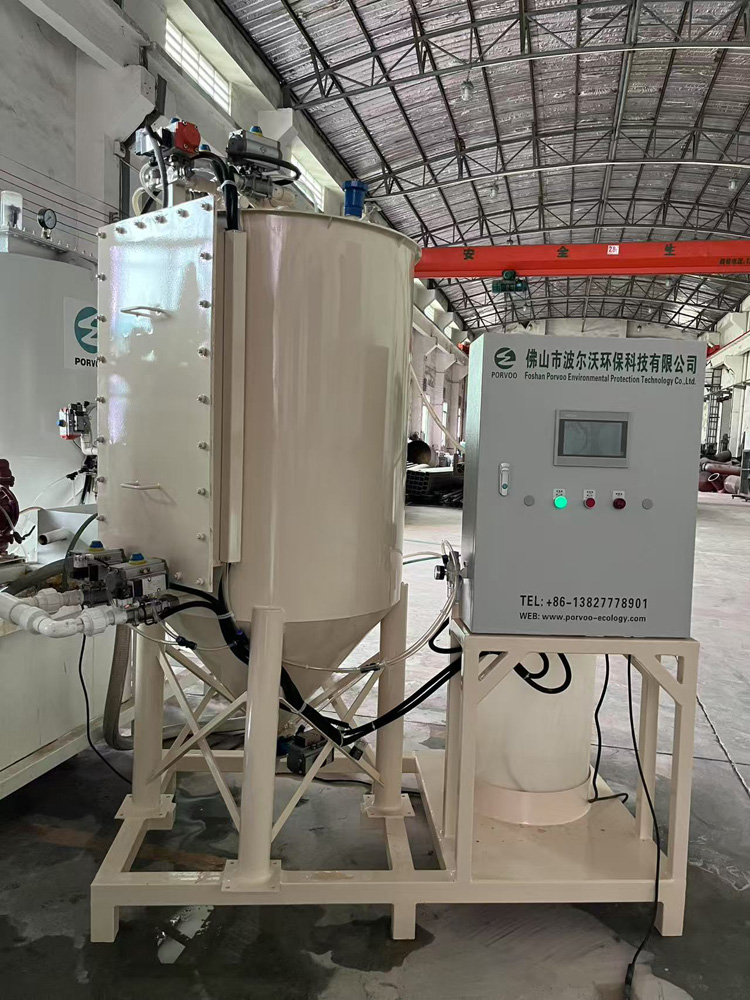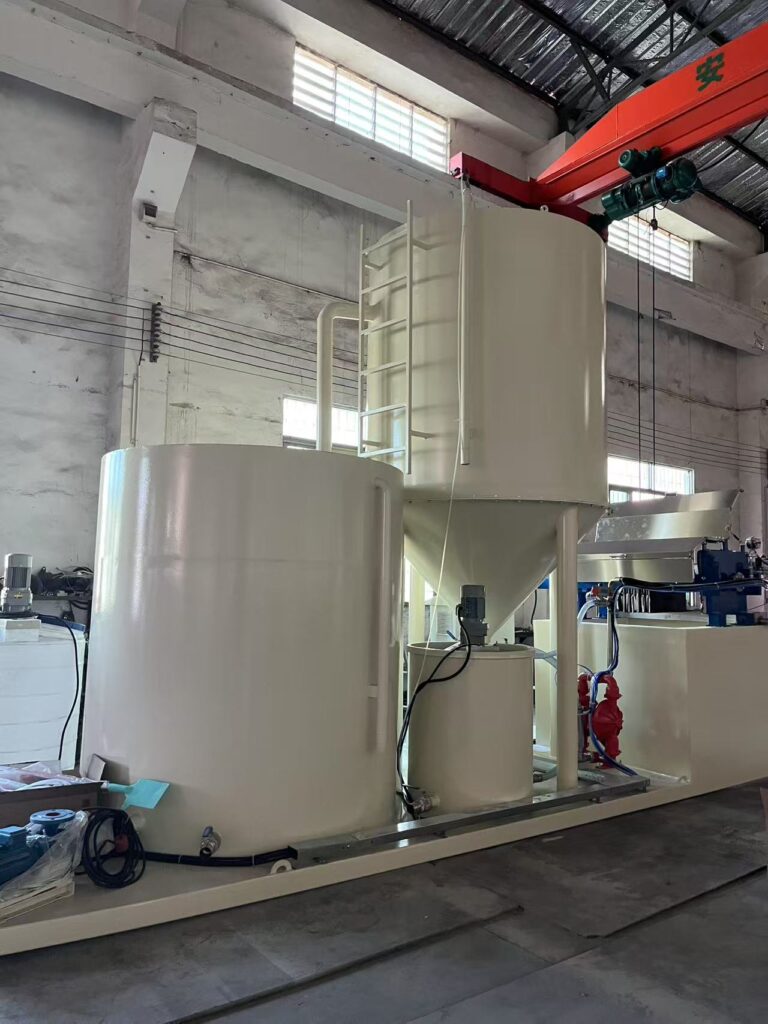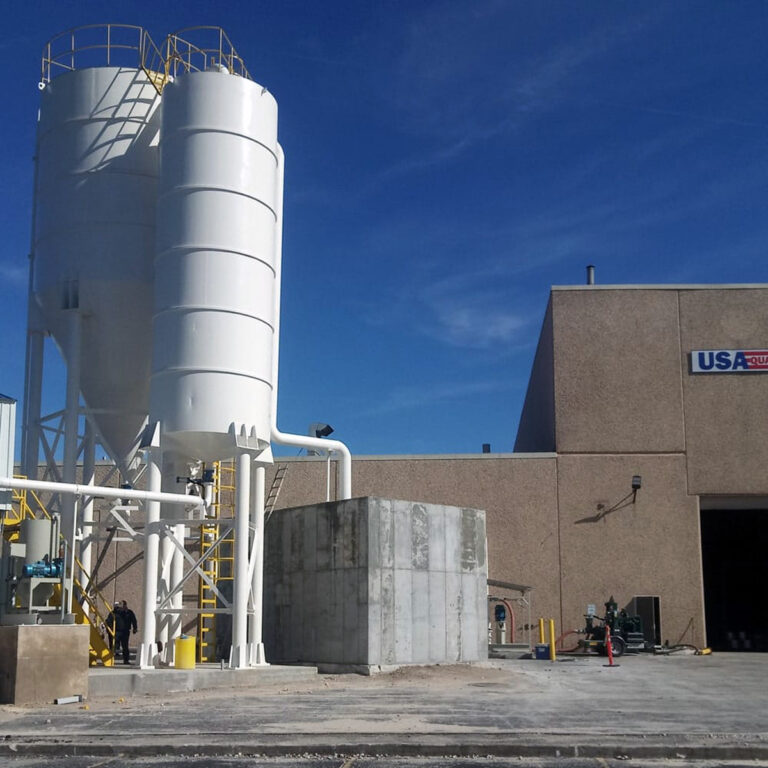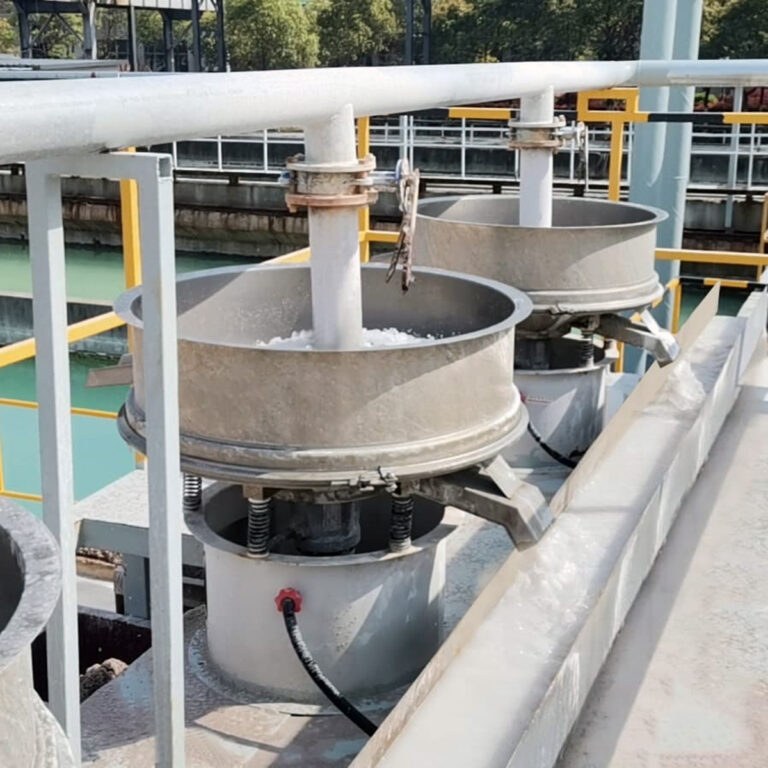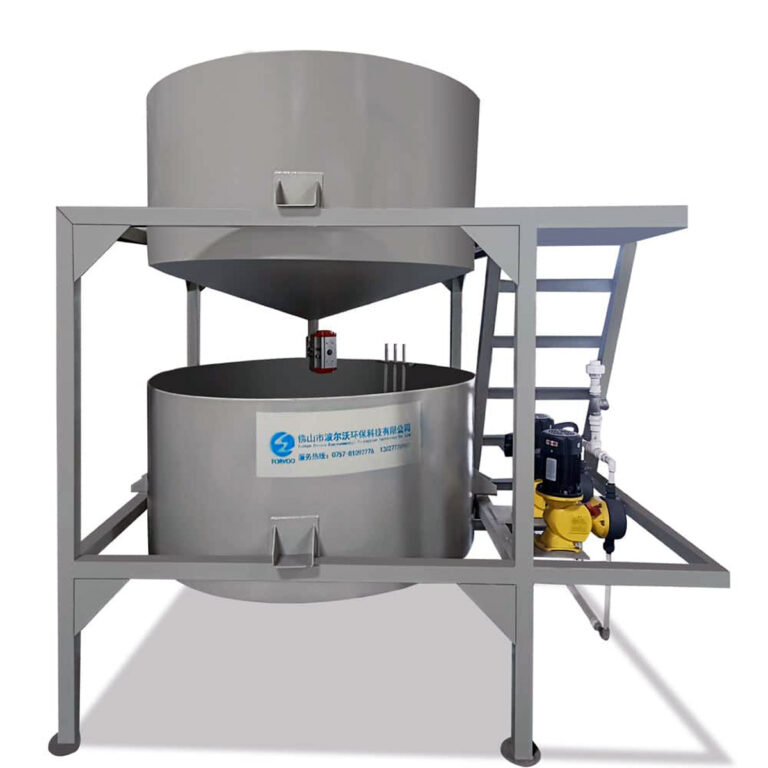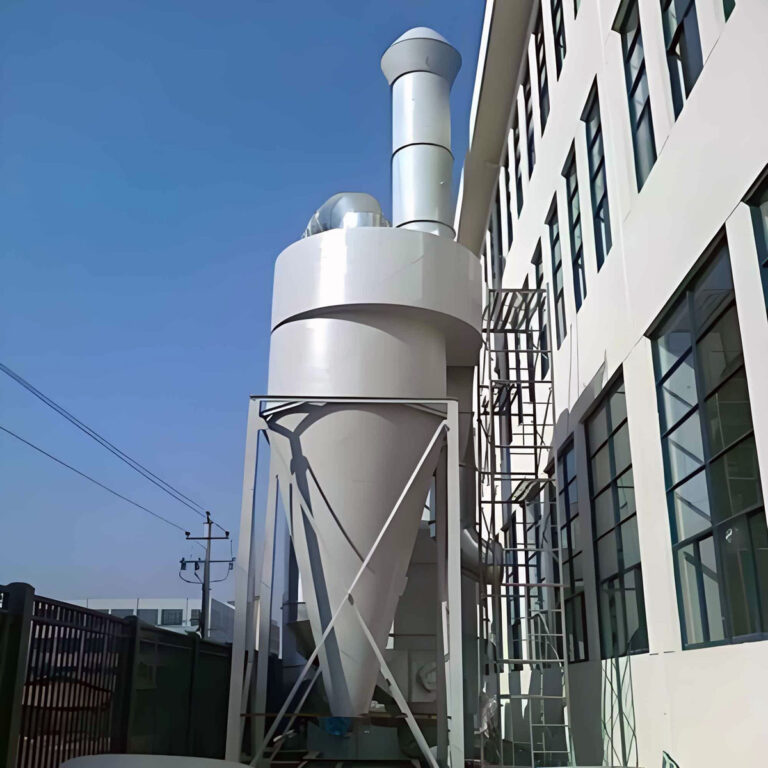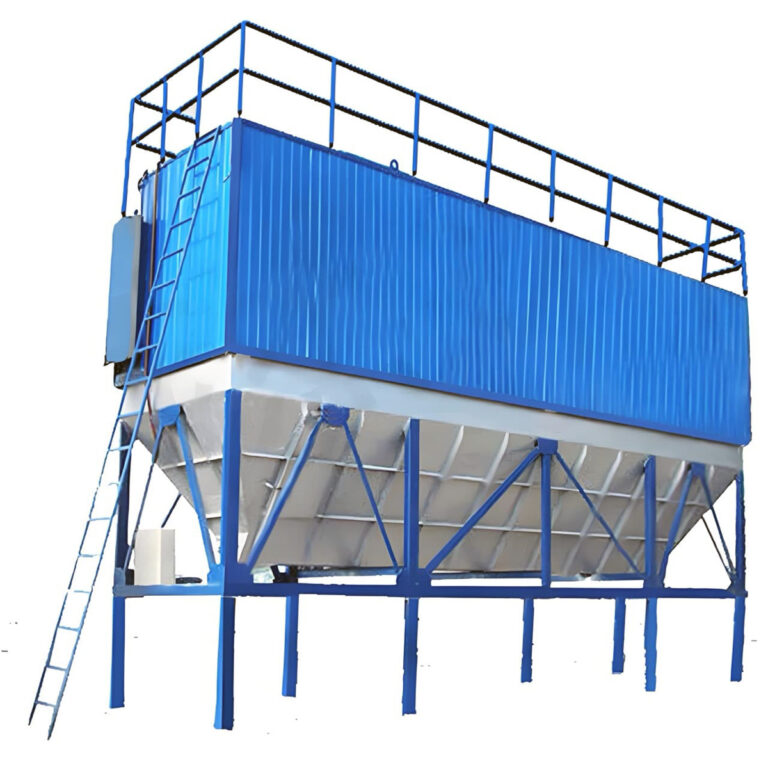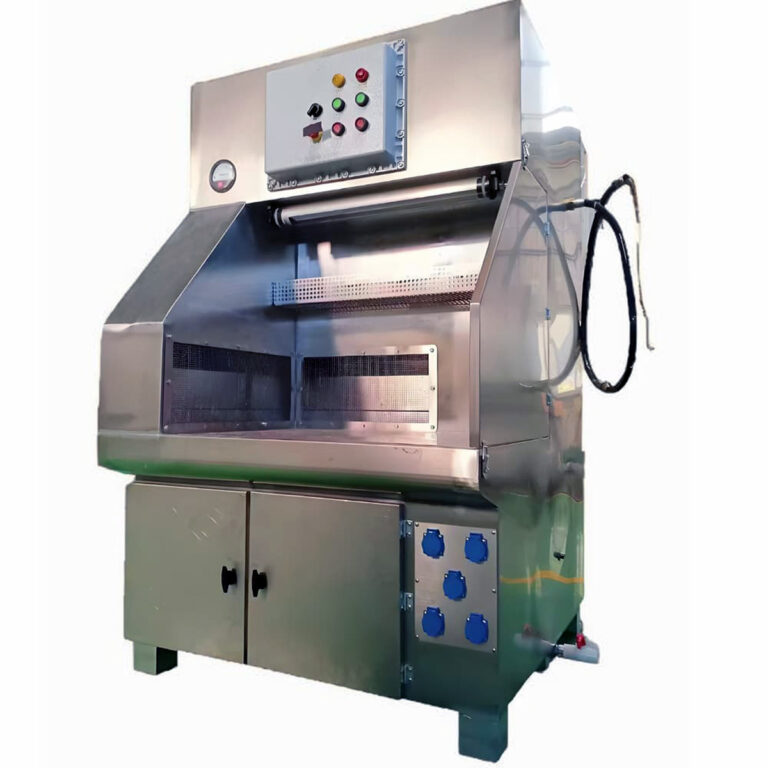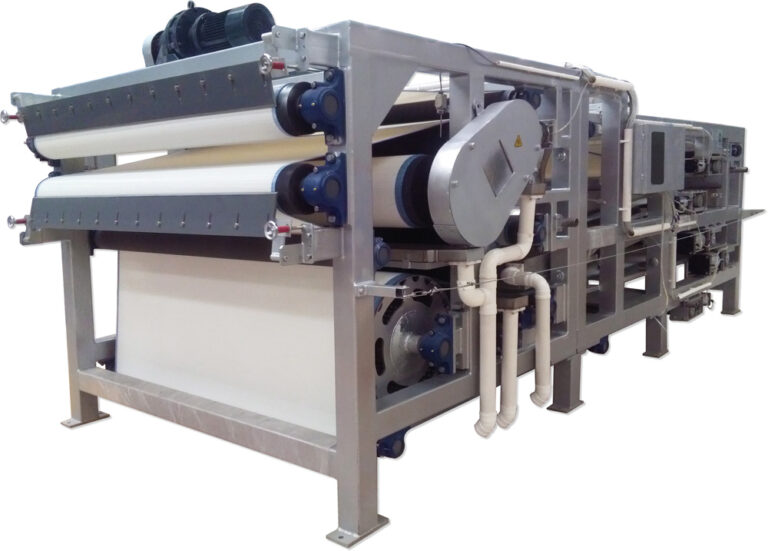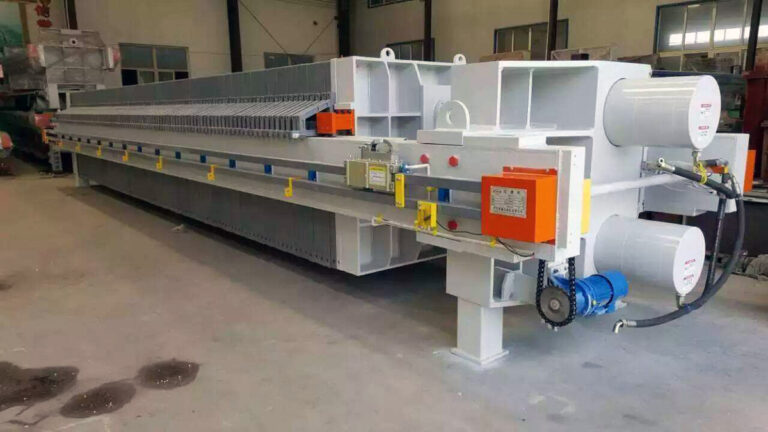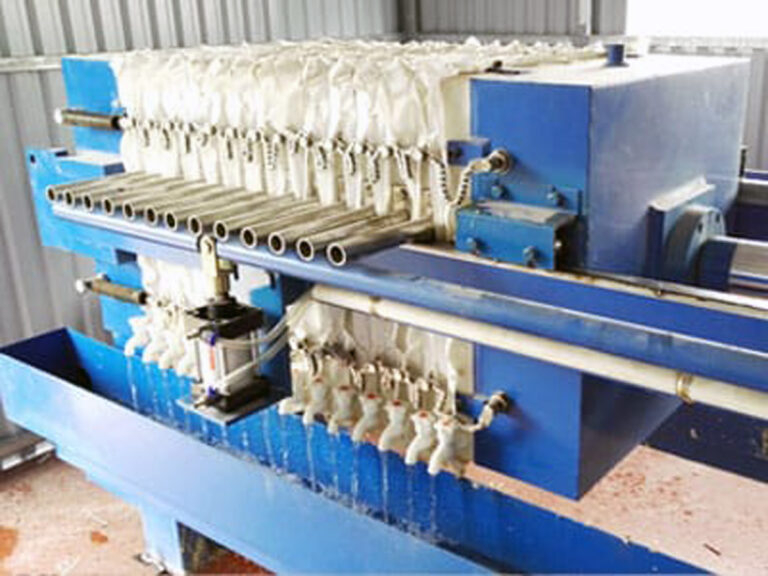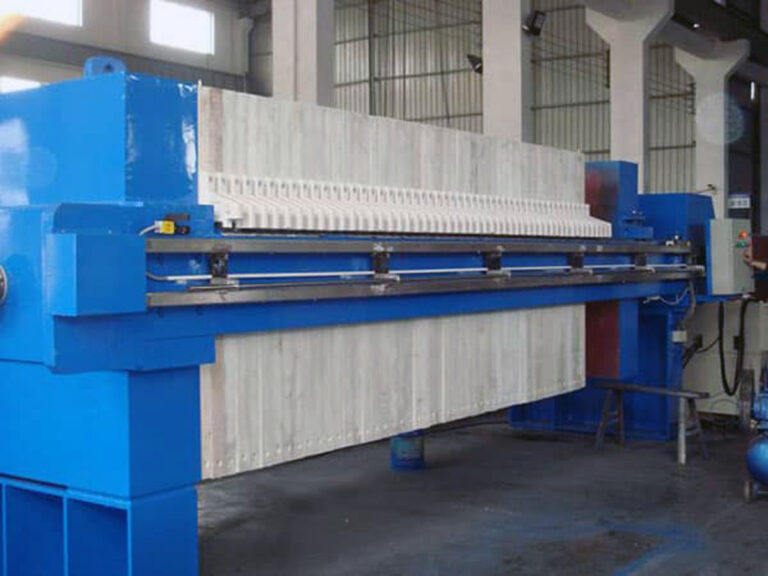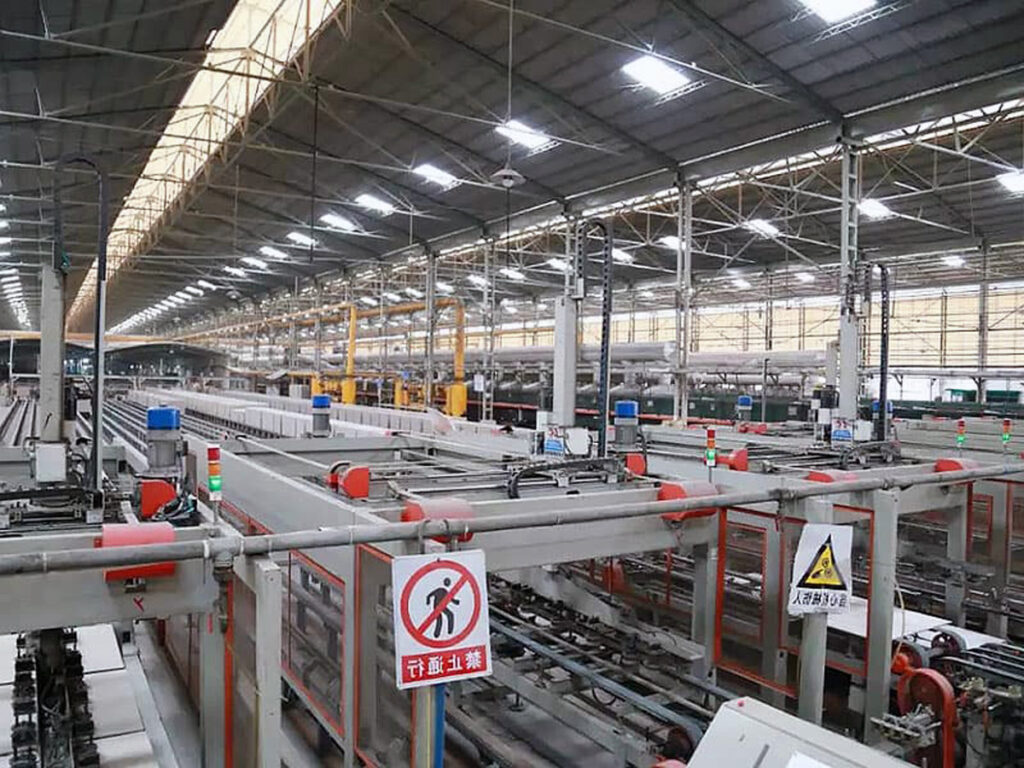Industrial facilities generate millions of particles every day, creating hazardous working conditions and regulatory compliance challenges that cost companies thousands in fines and health-related expenses. Without proper dust collection technology, airborne contaminants accumulate rapidly, leading to equipment damage, worker respiratory issues, and production shutdowns. Manufacturing operations lose an average of 15-20% efficiency when dust control systems fail, while OSHA violations for inadequate air quality can result in penalties exceeding $50,000 per incident.
This comprehensive guide reveals how modern dust collection systems transform contaminated air into clean, safe working environments through advanced filtration processes. You’ll discover the core principles behind industrial air purification, compare different particle separation methods, and learn optimization strategies that leading manufacturers use to maintain peak performance while reducing operational costs.
What is Dust Collection Technology and Why Does It Matter?
Dust collection technology encompasses sophisticated systems designed to capture, filter, and remove airborne particles from industrial environments. At PORVOO, we’ve observed how these systems serve as the backbone of modern manufacturing safety and efficiency protocols.
The technology operates on fundamental principles of air movement, particle physics, and filtration mechanics. Industrial dust collectors create controlled airflow patterns that transport contaminated air through various separation stages, ultimately returning clean air to workplace environments or exhausting it safely outdoors.
Critical Applications Across Industries
Manufacturing sectors rely heavily on dust collection for different reasons. Woodworking operations generate fine sawdust particles ranging from 0.5 to 100 microns, while metalworking produces both coarse grinding debris and ultra-fine welding fumes smaller than 1 micron. Pharmaceutical facilities require ultra-clean environments with particle counts below 100,000 particles per cubic foot.
According to recent EPA data, facilities with properly maintained dust collection systems reduce airborne particulate levels by 95-99%, significantly improving both worker safety and product quality. The technology becomes particularly crucial when handling combustible dusts, where improper collection can lead to explosive conditions.
Regulatory and Safety Imperatives
OSHA’s Permissible Exposure Limits (PELs) mandate specific air quality standards for different materials. Silica dust exposure, for instance, must remain below 50 micrograms per cubic meter averaged over 8 hours. Modern dust collection systems consistently achieve these standards when properly designed and maintained.
How Do Industrial Dust Collection Systems Work?
Industrial dust collectors operate through a systematic process involving air capture, transportation, separation, and filtration. The process begins with strategically placed collection points that create negative pressure zones, drawing contaminated air into the system through ductwork networks.
The Four-Stage Filtration Process
Stage 1: Air Capture and Transport
Collection hoods and pickup points create controlled airflow patterns with velocities typically ranging from 100-4,000 feet per minute, depending on particle characteristics. Heavier particles require higher transport velocities to prevent settling in ductwork.
Stage 2: Primary Separation
Initial separation removes larger particles through gravitational settling or centrifugal force. This stage typically captures 60-80% of particles larger than 10 microns, reducing the load on downstream filtration elements.
Stage 3: Fine Filtration
Advanced filter media capture remaining particles through multiple mechanisms including impaction, interception, and diffusion. High-efficiency filters achieve 99.97% capture rates for particles as small as 0.3 microns.
Stage 4: Clean Air Return
Filtered air either returns to the facility for energy conservation or exhausts outdoors, depending on contamination levels and local regulations.
Airflow Dynamics and System Design
Effective dust collection requires precise airflow calculations based on the “capture velocity” principle. Different materials demand specific minimum velocities: light dusts like flour require 50-100 FPM, while heavy particles like metal shavings need 150-500 FPM at the source.
Our experience shows that undersized systems operating above design capacity lose efficiency exponentially. A system designed for 10,000 CFM but operating at 12,000 CFM may experience 30-40% reduction in particle capture efficiency due to inadequate residence time in filtration chambers.
What Are the Main Types of Particle Separation Methods?
Modern particle separation methods utilize different physical principles to achieve optimal dust removal across varying applications and particle characteristics.
Cyclone Separators: Centrifugal Force Technology
Cyclone separators employ centrifugal force to separate particles from airstreams. Air enters tangentially, creating a vortex that forces heavier particles against the outer wall where they slide downward into collection hoppers.
| Cyclone Type | Efficiency Range | Particle Size (microns) | Typical Applications |
|---|---|---|---|
| High-Efficiency | 85-95% | 5-100 | Woodworking, Agriculture |
| Conventional | 70-85% | 10-100 | Primary separation, Pre-filtering |
| Multi-clone | 80-90% | 2-50 | High-volume applications |
Cyclones excel at handling large volumes with minimal maintenance requirements. However, their efficiency drops significantly for particles smaller than 5 microns, necessitating secondary filtration for complete dust control.
Baghouse Filtration Systems
Fabric filter baghouses represent the most versatile dust collection solution, capable of achieving 99%+ efficiency across wide particle size ranges. These systems filter contaminated air through fabric bags or cartridge elements, with particles accumulating on filter surfaces to form “dust cake” that enhances filtration efficiency.
Pulse-jet cleaning systems periodically reverse airflow to dislodge accumulated dust, maintaining consistent performance. Modern PTFE membrane filters handle temperatures up to 500°F while achieving pressure drops as low as 2-4 inches of water column.
Electrostatic Precipitation Technology
Electrostatic precipitators (ESPs) charge particles electrically, then collect them on oppositely charged plates. This technology proves particularly effective for fine particles and high-temperature applications, commonly used in power generation and steel production.
While ESPs handle large volumes efficiently with low pressure drops, they struggle with high-resistance dusts and require sophisticated electrical controls. Installation costs typically exceed baghouse systems by 40-60%, though operating costs remain lower for large-scale applications.
Which Air Filtration Technologies Are Most Effective?
Air filtration technology effectiveness depends critically on matching filter characteristics to specific application requirements, including particle size distribution, chemical compatibility, and operating conditions.
Advanced Filter Media Comparison
Modern filtration utilizes diverse media types, each optimized for specific performance criteria:
PTFE Membrane Filters provide exceptional chemical resistance and release properties, ideal for sticky or fine dusts. These filters maintain 99.9% efficiency while enabling easy cleaning cycles that extend operational life to 3-5 years in demanding applications.
Nanofiber Technology represents the cutting edge of filtration advancement. Nanofiber layers capture submicron particles while maintaining low pressure drop characteristics. Testing shows these filters achieve 99.97% efficiency on 0.3-micron particles while operating at 50% lower pressure drops than conventional media.
Pleated Cartridge Systems maximize filtration surface area within compact housings. A standard 12.75″ x 26″ cartridge provides 320 square feet of filter area, equivalent to eight traditional bag filters.
Performance Optimization Strategies
Filter selection involves balancing multiple performance factors. High-efficiency filters may create excessive pressure drops, increasing energy costs and reducing system airflow. The optimal approach often involves multi-stage filtration, where primary collectors remove larger particles before fine filtration stages.
Our analysis of over 200 installations reveals that properly staged systems achieve 15-25% lower operating costs compared to single-stage high-efficiency designs. Primary separation removes 70-80% of particulate load, allowing secondary filters to operate at peak efficiency for extended periods.
Emerging Filtration Technologies
Recent developments in atmospheric plasma and photocatalytic oxidation show promise for destroying rather than simply collecting certain contaminants. These technologies prove particularly valuable for volatile organic compounds and biological contaminants that traditional mechanical filtration cannot address effectively.
How Do You Choose the Right Industrial Filtration Process?
Selecting optimal dust collection principles requires systematic evaluation of facility requirements, contaminant characteristics, and operational constraints. The decision matrix involves multiple interdependent factors that significantly impact long-term performance and costs.
Comprehensive Application Analysis
Particle Characterization forms the foundation of proper system design. Particle size distribution analysis reveals the percentage of particles in different size ranges, directly influencing technology selection. Materials with 80%+ particles larger than 10 microns work well with cyclone pre-separation, while processes generating primarily submicron particles require high-efficiency filtration from the start.
Chemical Compatibility considerations become critical when handling reactive or corrosive materials. Aluminum dust requires explosion-proof designs with spark detection systems, while acid fumes demand corrosion-resistant construction materials and specialized filter media.
Volume and Concentration parameters determine sizing requirements and technology feasibility. High-concentration applications (>10 grains per cubic foot) benefit from primary separation stages, while low-concentration processes may utilize direct high-efficiency filtration.
Economic Evaluation Framework
| Cost Category | Cyclone Systems | Baghouse Systems | ESP Systems |
|---|---|---|---|
| Initial Capital | Low ($15-30/CFM) | Medium ($25-45/CFM) | High ($35-65/CFM) |
| Operating Energy | Low (2-4″ WC) | Medium (4-6″ WC) | Low (1-2″ WC) |
| Maintenance | Very Low | Medium | High |
| Filter Replacement | None | $2-5/CFM annually | Minimal |
Total cost of ownership calculations often favor baghouse systems for moderate-volume applications, while cyclones excel in high-volume, coarse particle scenarios. ESPs become economically attractive only for very large installations exceeding 50,000 CFM.
Integration with Existing Infrastructure
Successful dust collection implementation requires careful coordination with existing HVAC, process equipment, and building systems. Retrofit installations face space constraints that may eliminate certain technologies, while new construction allows optimized system layouts.
Energy recovery considerations become increasingly important with rising utility costs. Heat recovery systems can capture 60-70% of heated air that would otherwise exhaust outdoors, providing substantial energy savings in cold climates.
What Are the Benefits and Limitations of Modern Dust Collectors?
Contemporary industrial dust collection systems deliver substantial operational advantages while presenting certain implementation and maintenance challenges that require careful consideration.
Quantified Performance Benefits
Worker Health and Safety Improvements represent the primary driver for dust collection investment. Facilities implementing comprehensive dust control report 60-80% reductions in respiratory-related worker compensation claims and achieve consistently higher productivity ratings due to improved working conditions.
Equipment Protection and Longevity provide measurable ROI through reduced maintenance costs and extended machinery life. Manufacturing equipment in dust-controlled environments experiences 40-50% longer service intervals and significantly reduced bearing and mechanical component failures.
Product Quality Enhancement becomes particularly valuable in precision manufacturing. Electronics assembly facilities with Class 10,000 clean room standards achieve 99.2% first-pass quality rates compared to 94.7% in uncontrolled environments.
Energy Efficiency and Environmental Impact
Modern dust collectors contribute significantly to facility sustainability goals. Variable frequency drives automatically adjust fan speeds based on system demand, reducing energy consumption by 20-30% compared to constant-speed operation. Smart controls monitor pressure differentials and optimize cleaning cycles to maintain peak efficiency.
According to the Department of Energy, industrial facilities can reduce total energy consumption by 8-12% through properly implemented dust collection with heat recovery systems. This translates to $15,000-40,000 annual savings for typical medium-sized manufacturing operations.
Implementation Challenges and Limitations
High Initial Investment requirements can strain facility budgets, particularly for comprehensive systems covering multiple process areas. Complete installation costs typically range from $50,000-500,000 depending on facility size and complexity, requiring 2-4 year payback periods to justify investment.
Ongoing Maintenance Demands require dedicated personnel and scheduled downtime for filter changes, system inspections, and performance optimization. Facilities without proper maintenance protocols experience 25-40% efficiency degradation within the first year of operation.
Space and Infrastructure Requirements may necessitate significant building modifications. Large baghouse systems require substantial floor space and structural support, while ductwork installations can conflict with existing utilities and material handling systems.
How Can You Optimize Your Dust Collection System Performance?
Maximizing dust collection effectiveness requires systematic monitoring, maintenance protocols, and continuous improvement strategies that address both immediate operational needs and long-term performance sustainability.
Predictive Maintenance and Monitoring Systems
Modern dust collection systems incorporate sophisticated monitoring technology that enables predictive maintenance approaches. Differential pressure sensors provide real-time filter loading data, while vibration analysis detects bearing wear and fan imbalances before catastrophic failures occur.
Smart Sensor Integration allows continuous monitoring of key performance indicators including airflow rates, pressure differentials, and filter condition. Facilities utilizing IoT-enabled monitoring report 35-45% reductions in unscheduled downtime and 20-25% lower maintenance costs through early problem detection.
Performance Trending Analysis reveals gradual efficiency degradation patterns that indicate needed adjustments. Tracking pressure drop increases over time identifies filter aging, while capture efficiency measurements detect system imbalances requiring ductwork modifications or airflow rebalancing.
Advanced Control Strategies
Variable Frequency Drive Implementation optimizes energy consumption by matching fan speed to actual system demand. During low-production periods, systems automatically reduce airflow while maintaining adequate capture velocities at active workstations.
Pulse Cleaning Optimization utilizes pressure differential feedback to minimize compressed air consumption while maintaining filter cleanliness. Intelligent controllers adjust pulse frequency and duration based on actual loading conditions rather than fixed time intervals.
Continuous Improvement Methodologies
Successful optimization requires systematic evaluation of system performance against operational requirements. Monthly efficiency audits identify opportunities for improvement, while annual comprehensive assessments evaluate technology upgrades and expansion needs.
Filter Media Upgrades can dramatically improve performance in existing systems. Retrofitting conventional filters with nanofiber technology typically increases efficiency by 15-25% while reducing pressure drop by 20-30%, providing immediate operational benefits without major system modifications.
Ductwork Optimization addresses common performance limitations in aging systems. Computational fluid dynamics analysis identifies areas of inadequate transport velocity or excessive turbulence that reduce capture efficiency and increase energy consumption.
In our experience working with diverse industrial applications, facilities that implement comprehensive optimization programs achieve 40-60% better long-term performance compared to basic maintenance approaches. These programs typically pay for themselves within 18-24 months through improved efficiency, reduced energy costs, and extended equipment life.
Understanding how industrial dust collection systems work empowers facility managers to make informed decisions about air quality control investments that protect workers, equipment, and product quality. The key lies in matching appropriate filtration technology to specific operational requirements while implementing optimization strategies that ensure sustained peak performance.
Modern dust collection technology offers proven solutions for virtually any industrial application, from simple cyclone separators handling coarse materials to sophisticated multi-stage systems achieving pharmaceutical-grade air cleanliness. Success depends on thorough application analysis, proper system sizing, and commitment to ongoing maintenance and optimization protocols.
As regulatory requirements continue tightening and worker safety expectations rise, effective dust collection becomes increasingly critical for operational success. The investment in quality systems and professional implementation typically delivers measurable returns through improved productivity, reduced liability, and enhanced competitive positioning in safety-conscious markets.
What specific dust collection challenges does your facility face, and how might advanced filtration technology address your unique operational requirements? Consider consulting with experienced professionals to evaluate optimization opportunities that could transform your workplace air quality and operational efficiency.
Frequently Asked Questions
Q: What are Industrial Dust Collection Systems?
A: Industrial dust collection systems are designed to remove particulate pollutants from the air in manufacturing plants, workshops, and industrial environments. They play a crucial role in maintaining a clean and safe working environment by circulating air through filters to capture dust and other particles. These systems are essential for improving air quality and reducing health risks associated with dust exposure.
Q: How Do Industrial Dust Collection Systems Work?
A: Industrial dust collection systems work by forcing dust-laden air through a series of filters. The air enters the system, passes through the filters where dust is trapped, and then the cleaned air is either expelled outside or recirculated back into the facility. The filters require regular cleaning to maintain efficiency, often using methods like pulse cleaning or high-velocity air systems to remove accumulated dust.
Q: What Types of Filters Are Used in Industrial Dust Collection Systems?
A: Industrial dust collection systems utilize various types of filters, including cartridge-style filters and baghouse filters.
- Cartridge-style filters are known for their efficiency in trapping dust and are cleaned using pulse cleaning methods.
- Baghouse filters use long, cylindrical bags to filter dust and particles, offering a high capacity for dust capture.
Q: How Do Cartridge-Style Dust Collectors Maintain Efficiency?
A: Cartridge-style dust collectors maintain efficiency by using advanced technologies like the HemiPleat pleating technology. This technology increases the filter’s surface area, allowing more dust to be loaded before cleaning is needed. The even spacing of the pleats ensures that dust is easily released during the cleaning process, thus maintaining optimal airflow and reducing pressure buildup.
Q: What Are the Benefits of Using Industrial Dust Collection Systems?
A: The benefits of using industrial dust collection systems include improving air quality, reducing health risks associated with dust exposure, and enhancing workplace safety. These systems also help in compliance with environmental regulations by controlling particulate emissions.
Q: How Are Collected Dust and Particles Managed in Industrial Settings?
A: Once dust and particles are removed from the air and collected, they are typically stored in containers or receptacles. These can include enclosed boxes, drums, or bags, depending on the type of material being filtered. The collected material is then funneled into these containers via mechanisms such as rotary valves or screw conveyors, facilitating easy disposal or storage.
External Resources
- Understanding Industrial Dust Collection Systems | Camfil APC – Explains how various dust collection systems operate, including cartridge-style collectors, and details filtration technologies like HemiPleat used for more efficient dust capture and cleaning.
- Different Types of Industrial Dust Collection Systems Explained | A.C.T. – Outlines different industrial dust collector types such as baghouse systems and describes their working principles and filtration methods.
- Uses, Types, and Benefits of a Dust Collection System – IQS Directory – Offers a comprehensive overview of industrial dust collection systems, their filtration mechanisms, types, and key benefits for workplace air quality.
- How Dust Collection Systems Work in Industrial Environments | Acme Mills – Details the operational flow of dust collection systems, filter cleaning methods, and various dust receptacle designs for industrial use.
- Industrial Dust Collection Systems | Air Purification Inc. – Breaks down the essential components of dust collection systems, their filtration processes, and how different filters and system arrangements capture and manage airborne industrial dust.
- Industrial Dust Collection Systems: How They Work | U.S. Air Filtration – Provides a step-by-step explanation of how industrial dust collection systems function, including air filtration technologies and maintenance considerations for effective operation.
